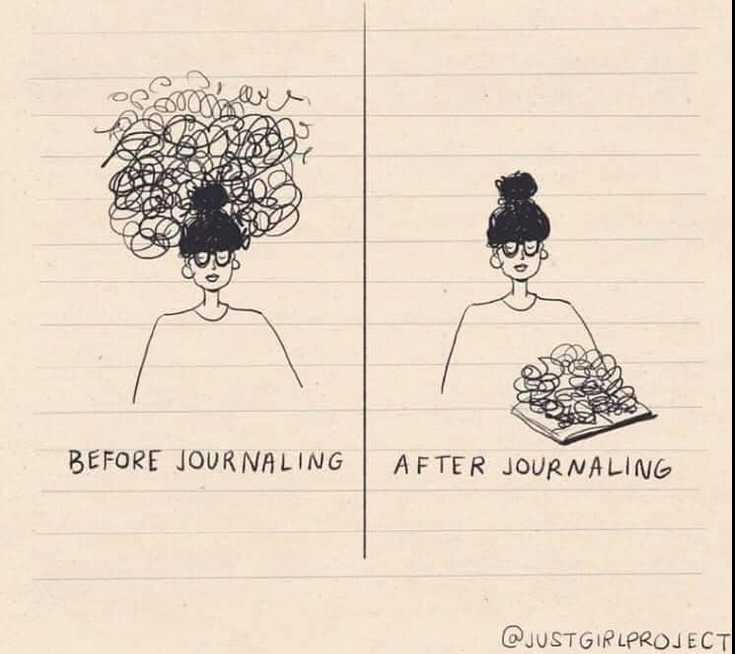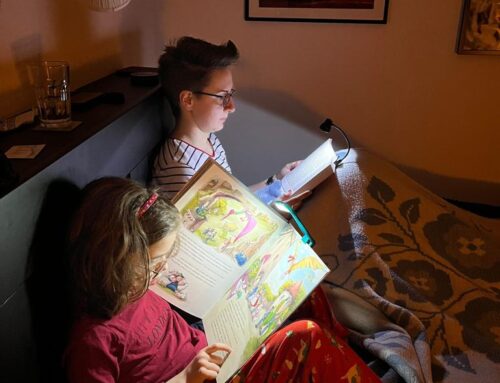Writing a Journal: A Timeless and Effective Self-Care Practice
Keeping a journal has always been popular and is neither something new nor revolutionary. Many girls begin journaling at a young age, as soon as they can read and write, to confide in their “dear diary” about who they like, how their day went, and why Sanja from class 2/5 is a “country bumpkin.” However, journaling also offers significant benefits for us as adults.
We live in an age where stress is constantly accumulating around us. We’re expected to manage it as best as we can and recover quickly. In the process, it’s often overlooked that we are living beings with feelings and needs, not just task machines. The demands of daily life overwhelm us, and in this modern jungle of obligations, it can be difficult to find time for ourselves—especially since many “self-care” activities are not only expensive but also time-consuming.
Understanding Yourself
One thing we can do for ourselves—something guaranteed to help and that improves our well-being in a short time—is to understand ourselves, our emotions, and our situation. Often, we achieve this by talking to someone. But let’s be honest: not all thoughts are suitable to be shared, even with someone close and trustworthy.
Journaling as an Effective Form of Self-Care
Journaling is a very powerful form of self-care, particularly for mental health. The daily act of capturing thoughts, emotions, or events has personally helped me cope better with numerous stressful situations.
It doesn’t matter if you’ve written before and stopped because you didn’t have the time, found it too tedious, or simply didn’t know what to write. What’s important is that the act of daily writing clarifies your thoughts.
Who Can Write?
The beauty of this kind of writing is that you don’t need to be a writer or journalist. Anyone can keep a journal, a “thought notebook,” or whatever you’d like to call your writing practice.
How to Start
You don’t need the fanciest pen, the most expensive notebook, or a digital device—although these can provide extra motivation. What matters is that you set aside at least 10 minutes each day to jot down your current thoughts, emotions, or worries.
Fear of the blank page is normal. Anyone who has ever written anything, even just a school essay, knows this feeling. But this is where persistence is key. Simply write what comes to mind: “I don’t know what to write,” or “Nothing comes to mind.” Often, this sparks a creative process. Sometimes, we don’t even realize what’s inside us until we put it into words.
Write for Yourself
When you write solely for yourself, it becomes easier to be honest. Your thoughts—even the negative ones—find a place on the page instead of cluttering your mind, where they can block productivity, goals, or positive thoughts.
I rarely curse out loud, but my journal is filled with unkind words and negative terms I would never say aloud.
Find Your Time
Mornings are ideal for me. Before waking my daughter for kindergarten, I wake up half an hour earlier to write down all the negative thoughts and worries that have accumulated. This helps me start the day feeling freer and clearer.
Others prefer writing in the evening before bed to unwind and reflect on the day. When you write, it doesn’t matter—just find the time that works best for you.
Creating a Habit
As James Clear suggests in his book Atomic Habits, it takes about 30 days to establish a habit. Just five minutes a day is enough to automate the process—like brushing your teeth, which is second nature for most of us.
No Rules or Themes
There are no rules—write however you want: in first or third person, in short sentences or long texts. You determine the topics and format.
For me, journaling, along with exercise, is the best form of “self-therapy.” While exercise relieves physical tension, writing helps release mental tension. Together, they enable me to tackle daily challenges with greater ease.
So, What Are You Waiting For?
Grab a pen and paper—and you’ll feel better in no time!
Warm regards,
S-Mama






Leave A Comment